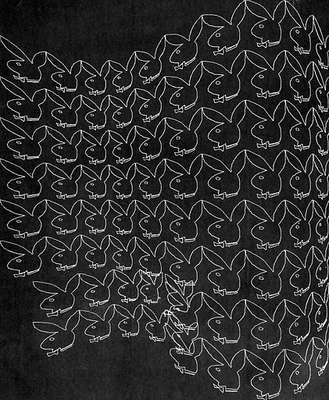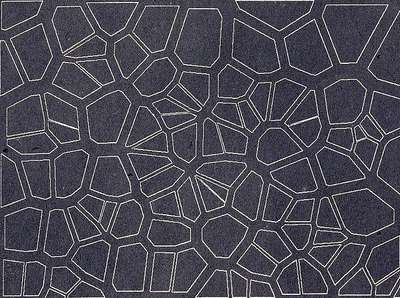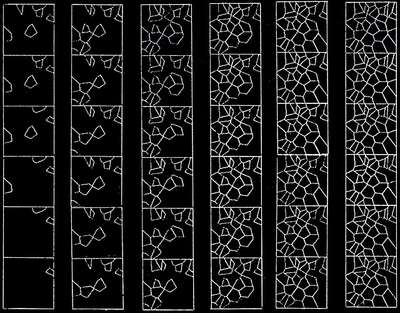Canada-based Leslie Mezei is one of the earliest and most influential participants, and a close observer of the North American computer art scene.
He suggested building a network for sharing information about events in computer art as early as 1966, from which a yearly bibliography on computer art emerged, published in the magazine Computers and Automation. He also had a column on the same topic in the Canadian art magazine, Artscanada.
He published in computer science as well as fine arts magazines,thereby emphasizing his claim of “bringing the humanist scholar, the practicing artist and the interested computer scientist together”207.
In the second half of the 1960s he himself started producing works of computer art.
He developed two early graphic programming systems (SPARTA and ARTA), which were organized as FORTRAN libraries of programs featuring graphic primitives and transformations like lines, polygons, rotation, and translation, and more sophisticated transformations, including a random number generator. The later system, ARTA, enabled the use of a light pen as input device as well as keyframe animation.
He brought Bill Buxton, Ron Baecker and Frieder Nake to the Dynamic Graphics Project (dgp) that he started at the University of Toronto.
In the late 1970s he turned away from computer art, “disappointed by the focus […] that many of the early computer art activists took on technology”224.
Without personally re-starting concrete artistic or technical activities, he again became interested in the field of algorithmic art in 2009 upon the 40th anniversary of dgp.









